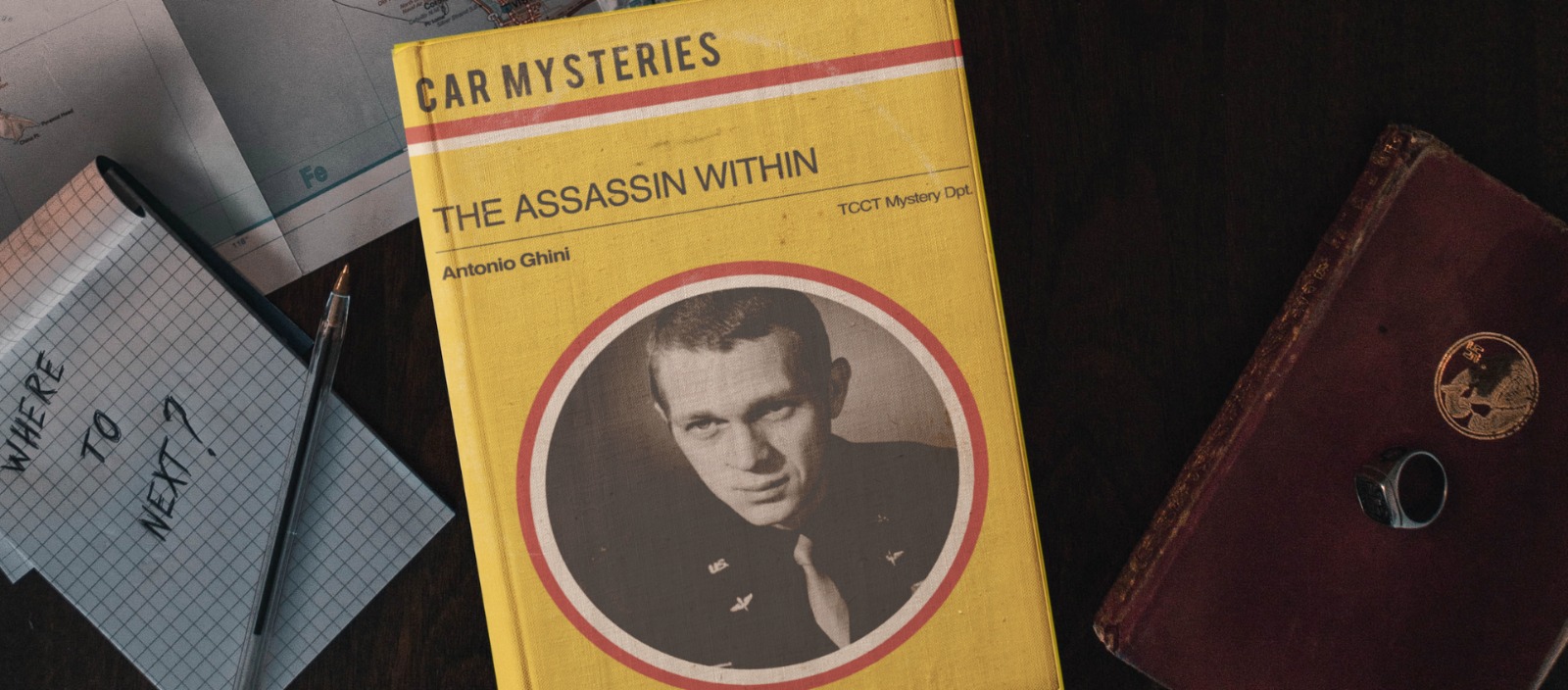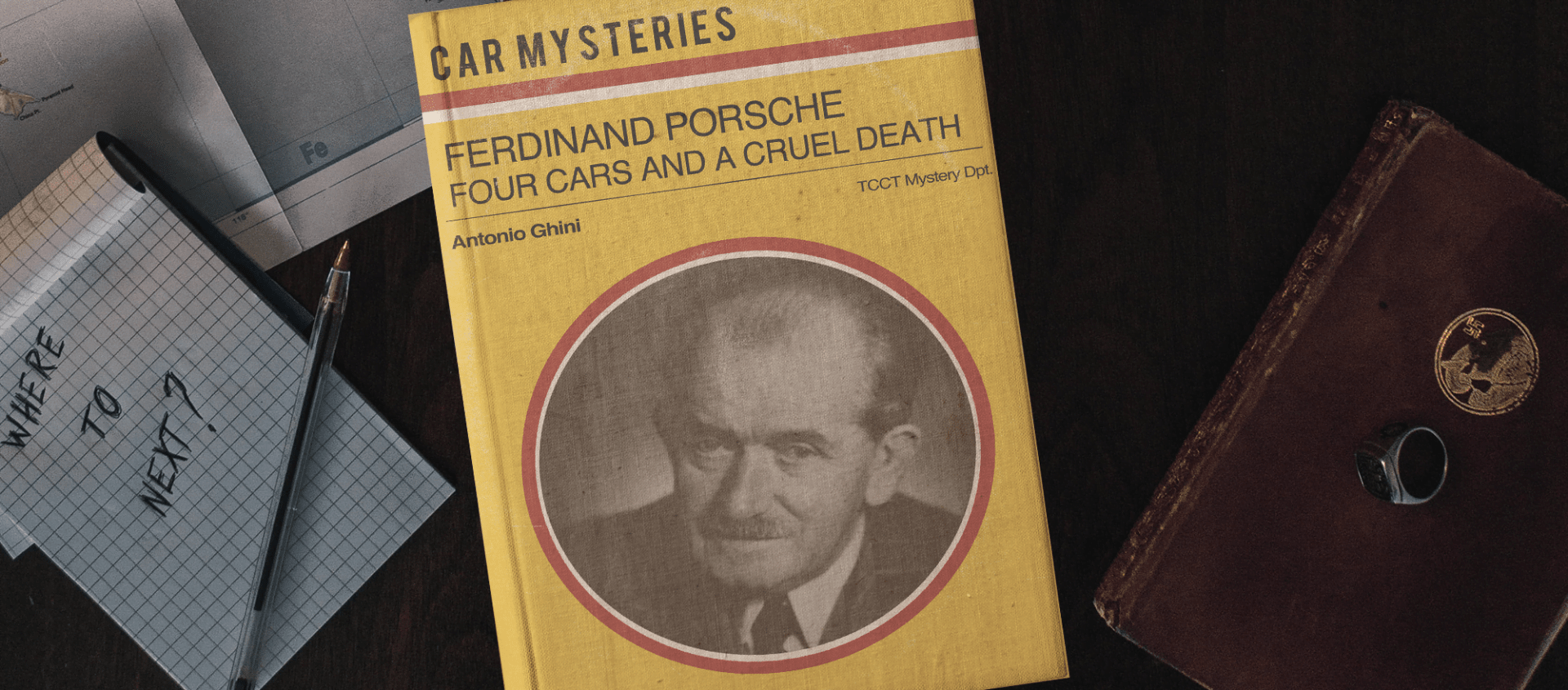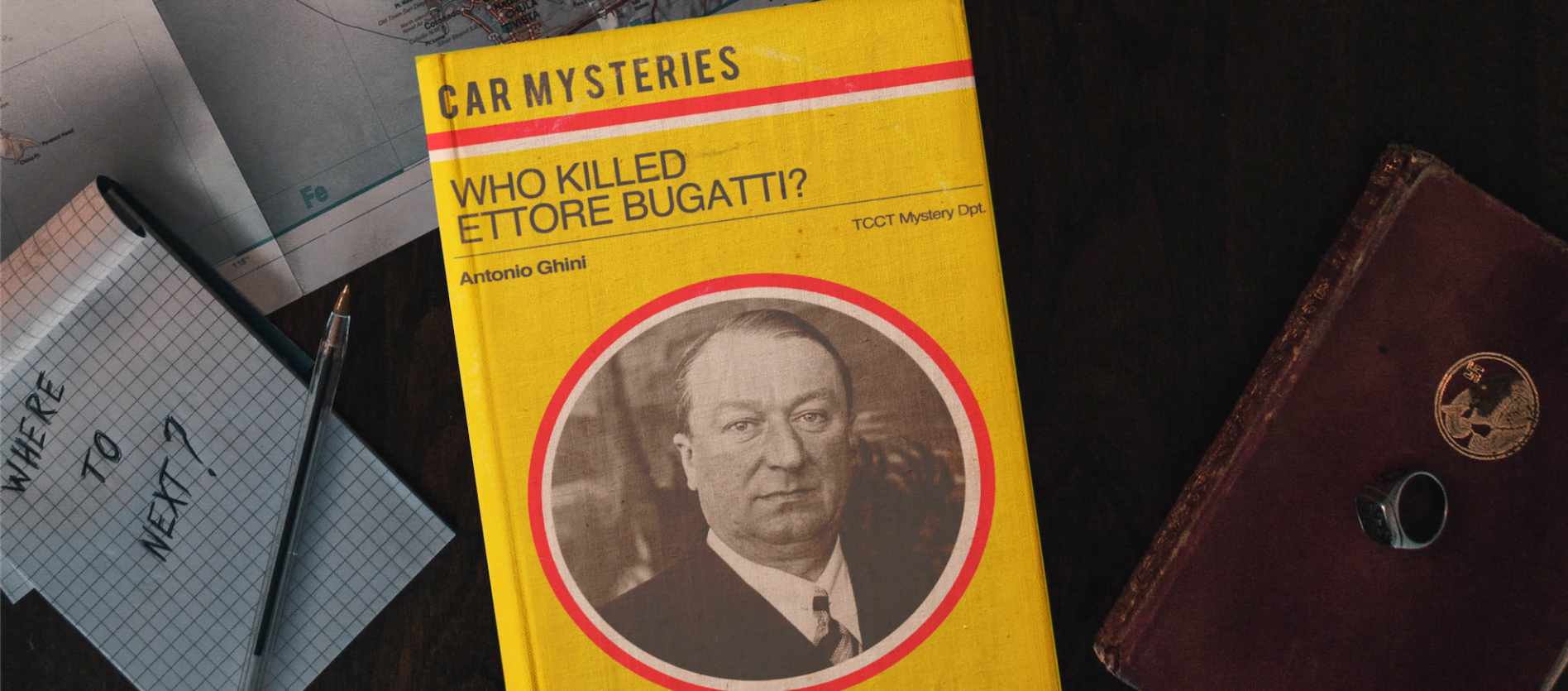The assassin within
07 October 2020 1 min read 3 images

He should have been at the Bel-Air mansion at 10050 Cielo Drive in the hills above Los Angeles on the evening of 9thAugust 1969. He had planned to go with a friend who in the end convinced him to spend the evening alone. And so it was that Steve McQueen escaped the horrible deaths by the hands of members of the sect known as the “Family” of the wife of director Roman Polanski, Sharon Tate, and four other guests of the villa. The brutality of the crime – Sharon was eight months pregnant but they showed no mercy for her – and the unknown motives behind the crime devised by the leader of the cult, Charles Manson, shocked the entire world. But Steve McQueen had even more reasons: he had escaped the massacre by luck but feared that the brutality of the sect towards the stars from Hollywood might shortly be turned on him. From that moment on, in addition to being protected by a bodyguard, Steve McQueen who loved his moments of absolute freedom in his cars and on his motorcycles, as well as spending time with his friends and colleagues, was no longer the same. He had no idea that 11 years later he would be killed by an assassin he had been carrying inside his own body since he was punished while in the army.
Register to unlock this article
Signing up is free and gives you access to hundreds of articles and additional benefits. See what’s included in your free membership. See what's included in your free membership.
Already have an account? Log In


